Level classification
In order to evaluate the skiing ability of our ski school customers and to give them the most appropriate advice, we’ve defined in detail our own „Prime Ski Levels“. This will ensure that from the moment of booking at the office until the actual lesson takes place, everyone will have a clear idea of what the skier’s ability is.
Skiing ability is categorized in levels from 1 – 6, Biking ability from 1 – 4, and we can add a plus sign to indicate when a guest is almost at the next level but not quite, e.g. „Level 3+“ plough parallel (not fully parallel).
The skier is at the level where he/she can do what is described.
LEVEL 1 Beginner – Easy Blue/Green – Klostermatte
Level 1
- Never skied before
- Practice braking
Level 1+
- Can brake in a plough
- Can walk on the skis on flat parts
LEVEL 2 Beginner – Blue – Klostermatte
Level 2
- Can make plough turns and control the speed in beginner terrain
- Can walk on skies slightly uphill, using skating and/or side-step technique
- Can put the skis on and off
Level 2+
- Skis with good control of speed in plough turns on blue slopes
- Can change the size of the turn and easily follow the instructor
- Can traverse with parallel skis in beginner terrain
LEVEL 3 Intermediate – Easy Red – Jochpass/Homerun
Level 3
- Skis with good control of speed in plough turns on red slopes
- Can finish turns with parallel skis on blue slopes
- Can skate on flat sections
- Can ski backwards in a snowplough
Level 3+
- Skis parallel turns on blue slopes
- Can make small jumps for example at the edge of the piste
- Can slide sideways and stop in a hockey stop/with parallel skis
- Is confident and in control at a higher tempo/speed
LEVEL 4 Intermediate – Red – Stand/Jochstock
Level 4
- Skis naturally parallel with good control of speed and turns on red slopes
- Can ski with control on different terrain (icy slopes, bumpy slopes, side of the piste)
- Can ski on one ski in flat terrain
Level 4+
- Can make rhythmic shorter turns with good control of speed
- Skis balanced over outside ski (able to lift the inside ski through the whole turn)
- Can make carving turns on blue slopes
- Is confident and in control at a higher tempo/speed
LEVEL 5 Advanced – Black – Erika/Rotegg
Level 5
- Skis naturally parallel with good control of speed and turns on black slopes
- Uses separation (rotation and angulation) and pole plant effectively in short turns
- Skis in round, linked turns on red slopes
- Can do carving turns on easier red slopes
- Skis in a centered ground position
- Can ski backwards with parallel skis and do a pirouette (360 on snow)
Level 5+
- Can change the size of carved turns
- Uses up and down movement naturally and effectively (in short turns, over bumps etc.)
- Can to turns with one ski (the other taken off)
LEVEL 6 Expert – Black – Off Piste
Level 6
- Skis all types of terrain and conditions including steep off-piste in control
- Can ski carved turns on black slopes
- Skis in round, linked turns on black slopes
- Can maintain the same speed and size of turn on terrain with different steepness
- even in deep snow and on mogul slopes
ROOKIE – beginners who are on the snowboard for the first time. Riding fall line works.
If the sliding is already done safely on both sides (frontside and backside), they are Rookie Plus.
BASIC 1 – Guests who are proficient in slope sliding and traverse riding are Basic 1. This also includes sliding turns as well as targeted stopping and lift riding.
BASIC 2 – Guests who can ride on red slopes without any problems are Basic 2. This includes riding both turns safely, sometimes riding fakie (backwards) and doing smaller tricks like a 360° slope spin.
BASIC 3 – The guest is able to move safely in steep terrain. Carving, jumps and ollies need only minimal improvement. The guest can already make first rides next to the slope in deep snow.
LEVEL 1 (BASIC 1)
You can ride a bike. Ride, pedal and brake. You’re uphill and downhill on asphalt roads, grippy natural surfaces or consolidated gravel.
LEVEL 2 (BASIC 2)
You are a beginner and have little bike experience. You can roll over smaller obstacles, such as flat roots and small stones, while standing. The difficulty is increased by occasional water channels and sometimes loose ground, but these will not make you lose your calmness.
LEVEL 3 (SKILLS 1)
You have a solid riding technique and use the “active” position specifically to overcome larger roots or short stone passages. You can lift the front & rear wheel and balance your bike on the spot. You ride trails that are often loose ground and have steps or stairs. Tight turns, slight hairpin turns and being ready to brake at any time will not yet cause you to break out in a cold sweat.
LEVEL 4 (SKILLS 3)
You have a very good riding technique to ride even larger boulders and/or root passages. You ride trails with tricky slopes, high steps and hairpin turns. Also trails with slippery ground or loose rubble. Difficult passages require a high level of concentration, accurate braking and a very good balance.
